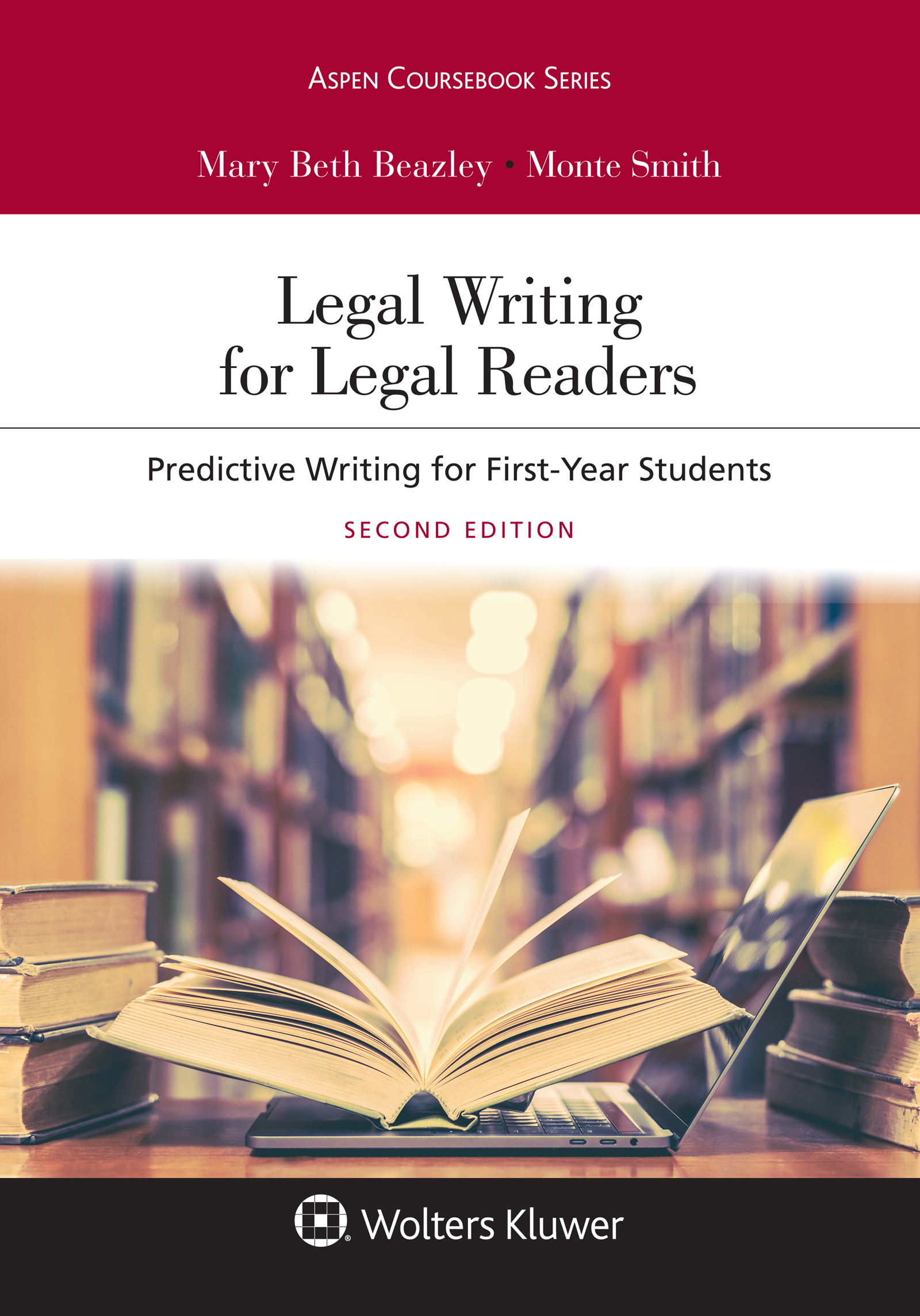- 丛书名 : Aspen Coursebook Series
- 中图分类号: I0
- 语种: ENG
- 出版信息: Aspen Publishers 2018 296页
- EISBN: 9781543804836
- PISBN-P: 9781454896357
- 原文访问地址:
KG评星
知识图谱评星,是一种基于用户使用的评价体系,综合图书的评论数量、引文数量、Amazon评分以及图谱网络中节点的PageRank值(即考虑相邻节点数量和重要性)等多种因素计算而得出的评价数值。星级越高,推荐值越高。CAT核心级
核心学术资源(CAR)项目作为教图公司推出的一项知识型服务,旨在打造一套科学、有效的图书评价体系,并协助用户制定相应的馆藏建设方案。CAR项目调查和分析12所世界一流大学的藏书数据,以收藏学校的数量确定书目的核心级,核心级越高,代表书目的馆藏价值越高。选取核心级在三级以上,即三校以上共藏的图书作为核心书目(CAT)。Applying the perspective of the reader to the craft of writing, Legal Writing for Legal Readers: Predictive Writing for First-Year Students teaches the differences between strong and weak legal writing by letting students read examples of both. Students discover how productive it can be to read a well-articulated argument, as compared to one that is illogical. We arent always able to identify our own faults as writers—but as readers, we can see clearly the merits of both the argument and its presentation. The authors sidebars and annotations highlight why one writer fails while another succeeds. Students realize the significance of their own behavior as readers and how that behavior should dictate their writing decisions. As readers, students learn to recognize the specific elements of analysis and structure that make legal writing effective. As writers, they will make better and more informed choices, when they think about it from a readers perspective. New to the Second Edition: Revised to focus exclusively on predictive analytical writing that most law schools teach during the first semester of the first year Expanded inclusion of annotations and marginal notes that answer anticipated student questions Professors and students will benefit from: Extensive variety of samples and examples, both good and bad, selected to illustrate legal writing concepts for students Broad coverage that includes memos and briefs, as well as complaints, correspondence, and criminal motions Sidebar comments and marginal notes that answer anticipated student questions and define important legal and writing-related terms that may distract students as they learn new concepts Annotations that incorporate cognitive and behavioral theories to explain why some approaches work better than others Exercises that test students understanding of important concepts while they learn Teaching materials include: Additional exercises for use with most chapters Additional samples of longer documents Document to further illustrate important concepts for both teachers and students







 京公网安备 11010602104826号
京公网安备 11010602104826号
